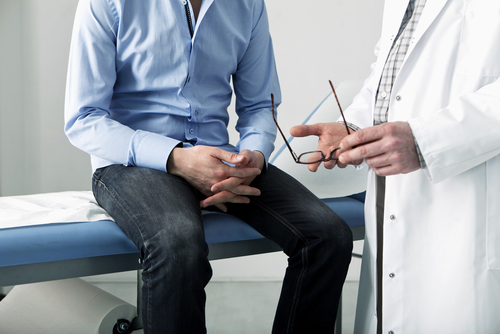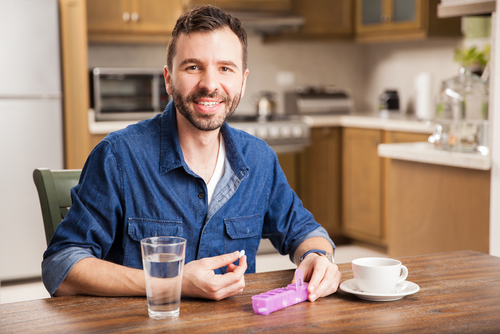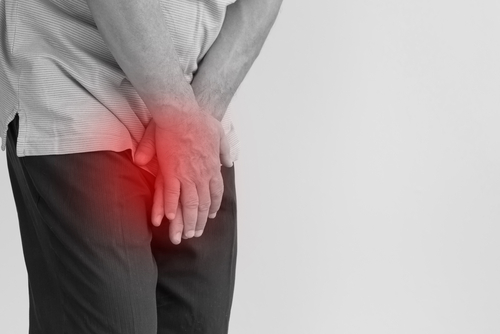What Are Prostatitis Symptoms & How Can You Find Support?
Prostatitis is one of the least recognized and most disregarded ailments for men. The most common symptom of prostatitis is pain during urination. There are several forms of prostatitis and they each have their own symptoms and side effects.

What is Prostatitis?
Prostatitis is, in short, inflammation of the prostate gland. The inflammation could also be experienced in areas around the prostate. The prostate is located directly underneath a man’s bladder.
Prostatitis could cause pain while urinating or could make urination difficult. While men of any age could suffer from these ailments, it is most common in men under 50 years of age. More than 2 million men a year are diagnosed with prostatitis.
If you are not familiar with the prostate gland, it is a walnut-sized gland directly below a man’s bladder. This gland is part of the male reproductive system. The primary function of the prostate gland is seminal fluid for transporting semen through the urethra.
Prostatitis and an enlarged prostate are two different ailments but they can appear similarly in painful or difficult urination. From there, they have far different indicators. Prostatitis may simply be an indication of an infection, but it could also be an indication of deeper problems.

Types of Prostatitis Defined
There are 3 main types of prostatitis. Some of these forms present very few symptoms while some are more clear. Let’s dive a little deeper into these.
1. Acute Bacterial Prostatitis – is typically caused by bacteria from your kidneys or bladder making its way into your prostate.
Acute bacterial prostatitis shows up quickly, much like an infection might. It is often indicated by needing to urinate and being unable to, fever, or cloudy urine.
If you notice any of these specific symptoms, you should seek medical care quickly. However, this is the least common form of prostatitis.
2. Chronic Bacterial Prostatitis – is very similar to acute bacterial prostatitis, however, the symptoms are not as severe. The symptoms may show up slowly and they may last for several months at a time.
If you suffer from chronic bacterial prostatitis you may experience constant symptoms or they may be intermittent. This particular type of prostatitis may be challenging to deal with as the symptoms are typically recurring and they may show for a while and then disappear. Common symptoms include urinary urgency or frequency, burning sensation during urination, or a UTI.
3. Chronic Prostatitis/Chronic Pelvic Pain Syndrome – is the most common form of prostatitis. The majority of cases fall under this category. That being said, this form of prostatitis is also one of the hardest to diagnose.
The typical symptoms of chronic pelvic pain syndrome are pain in the penis, scrotum, lower abdomen, or lower back. This pain could last up to 3 months at a time.
Since these symptoms are mostly pain related and that pain is not necessarily contained to the prostate gland, it makes it difficult for medical professionals to diagnose this form of prostatitis.
Dealing with Prostatitis Symptoms
As with any ailments, it is important that you consider seeking medical attention if you are suffering from prostatitis. A medical professional would be the most capable of diagnosing any symptoms you may be experiencing.
Many of the forms that prostatitis present in are due to infection.
There are some things you can try at home to support pain or discomfort.
Try taking a warm bath or using a heating pad. Physical therapy could potentially be a beneficial tool that will help relieve discomfort.
Alternative medicines are another potential place to look if you are seeking relief of your symptoms.
Do your research and seek out what may be the best option for you and your symptoms, but be sure to discuss these options with your doctor.
It is primarily unknown what may cause or lead to various forms of prostatitis, but it is always best to be aware of what your body is telling you. If you are experiencing any potential symptoms, don’t try to wait it out. Listen to your body and take appropriate actions.










